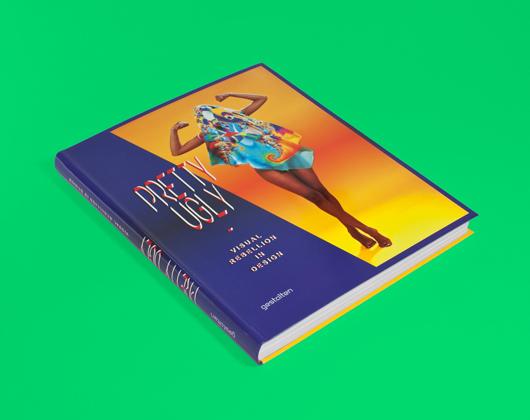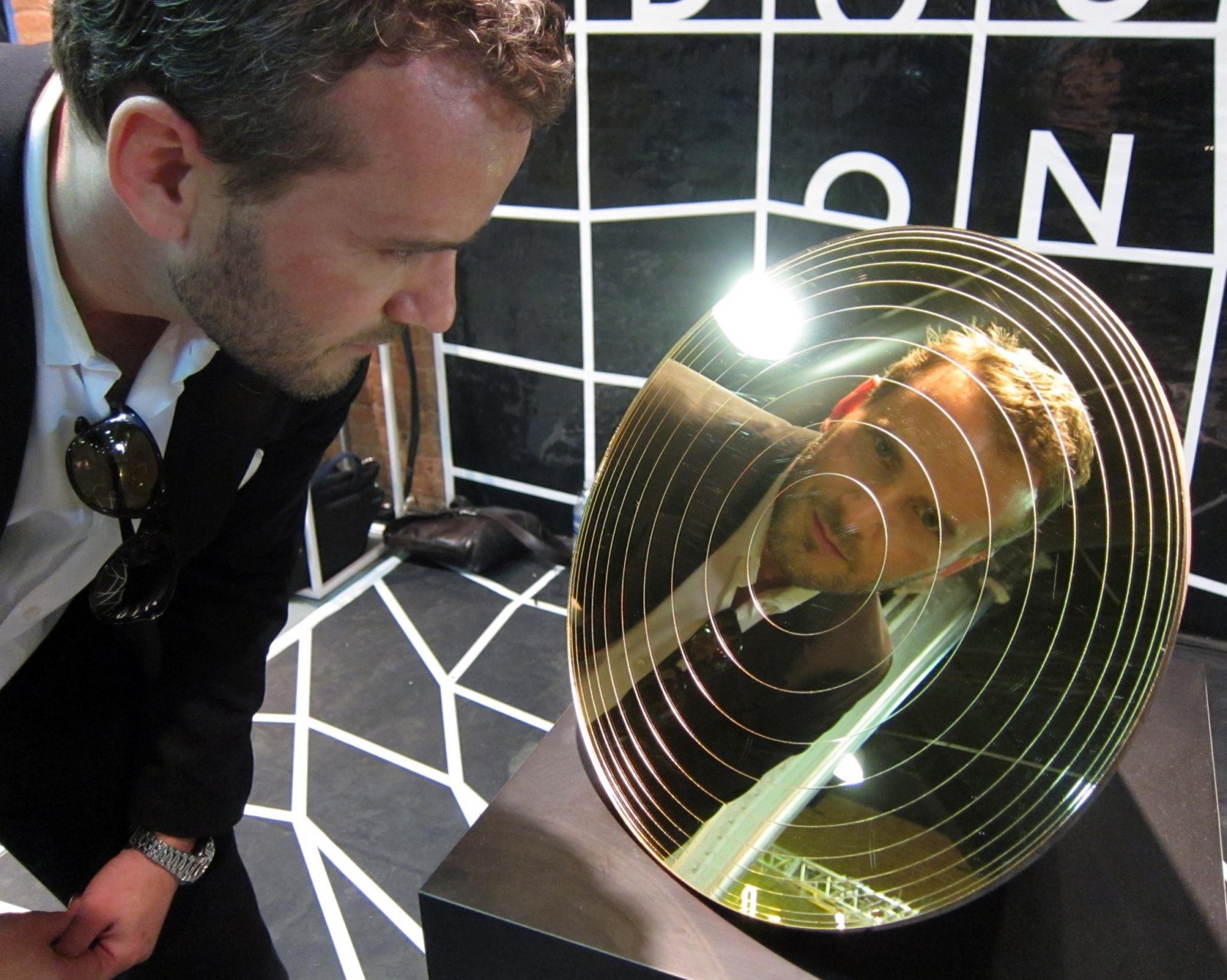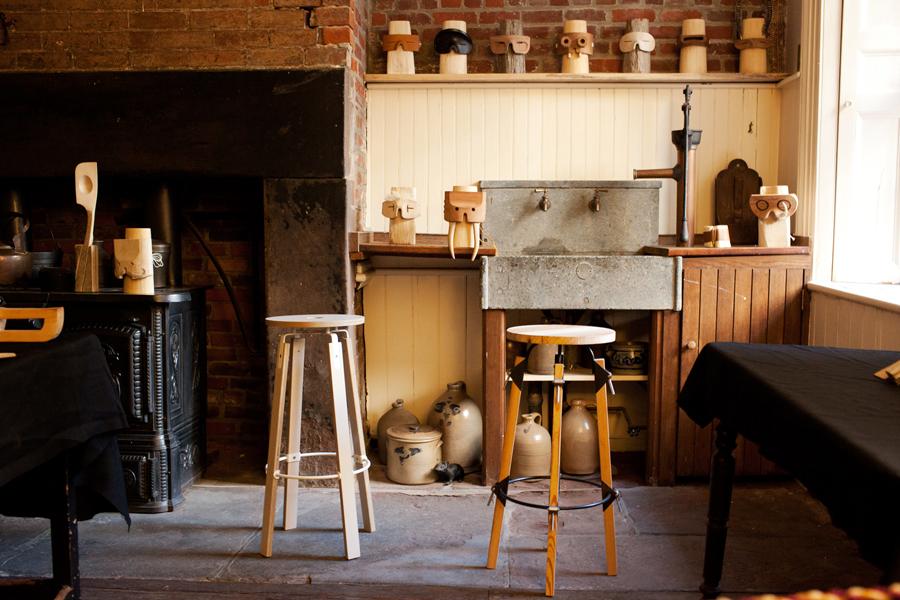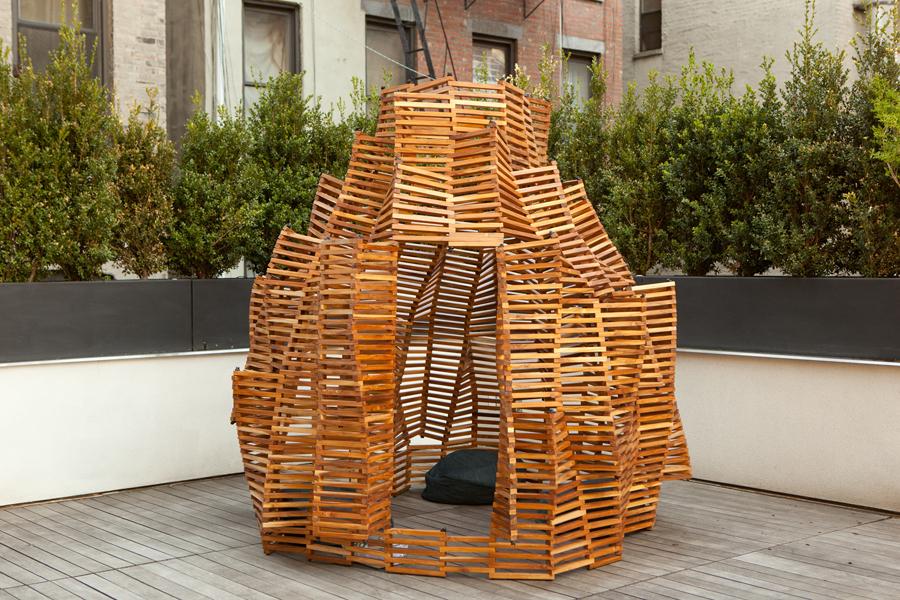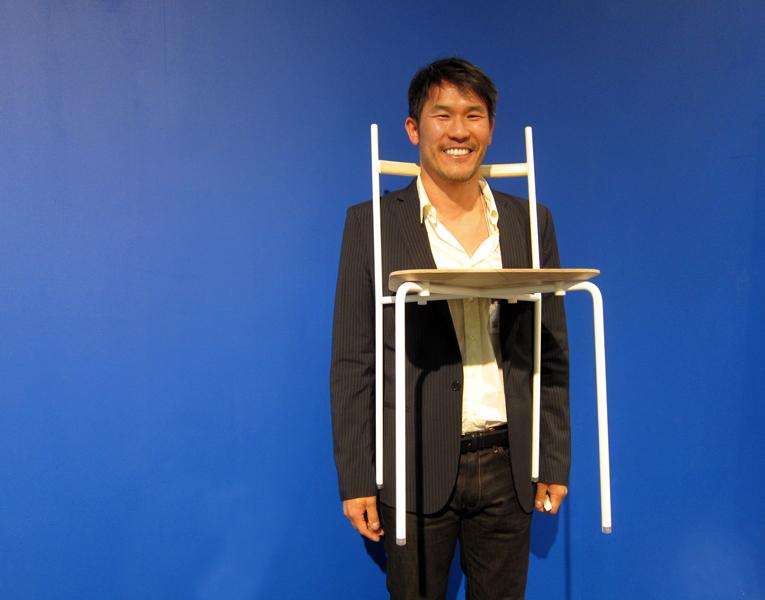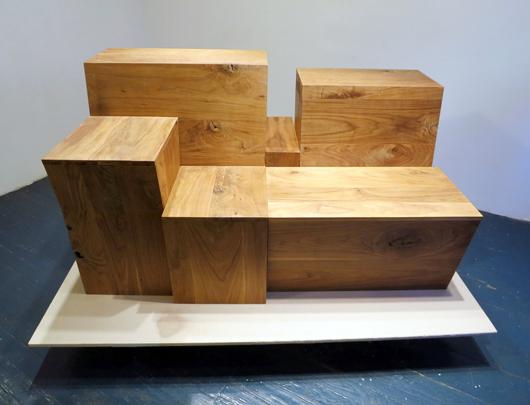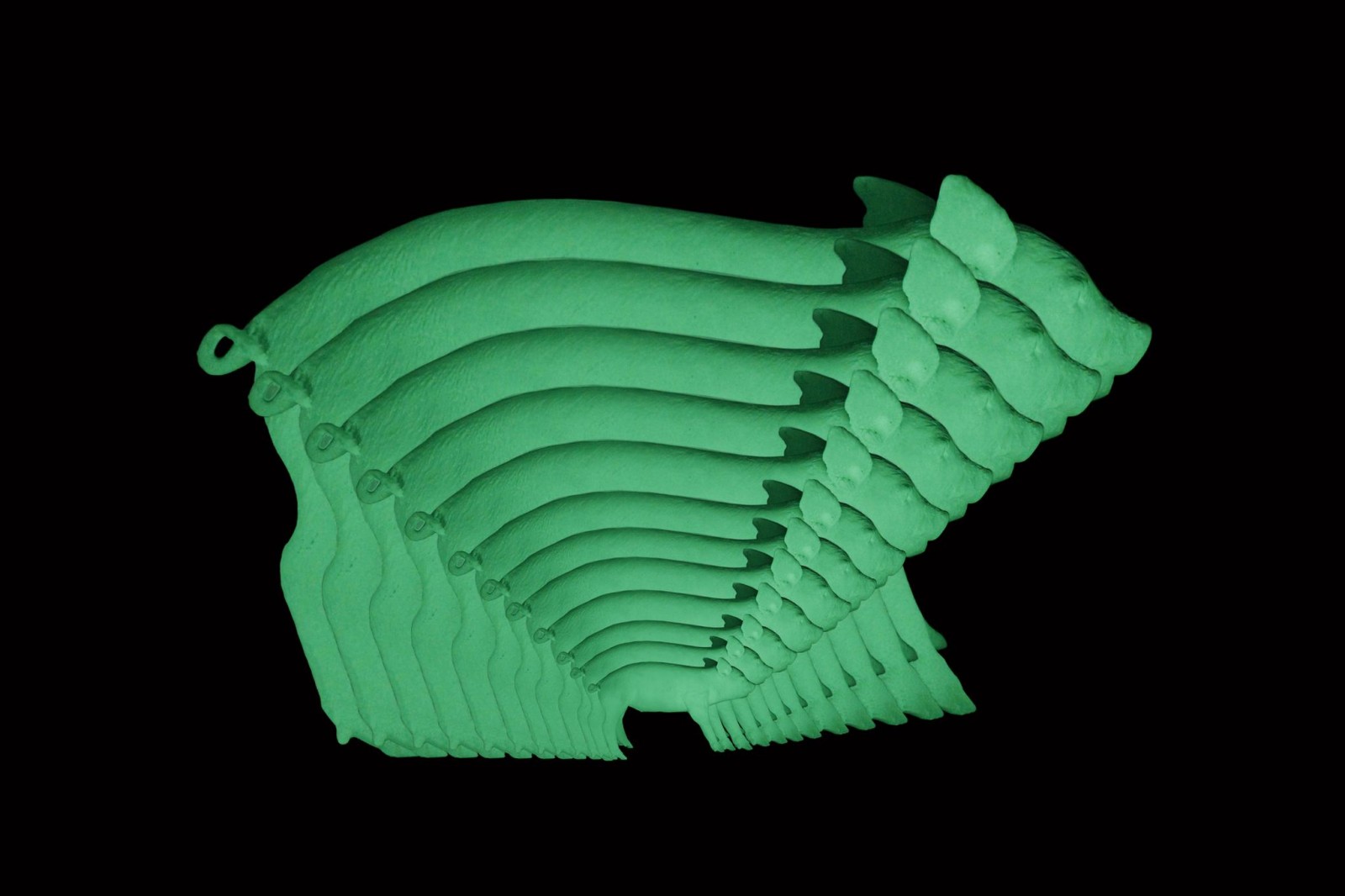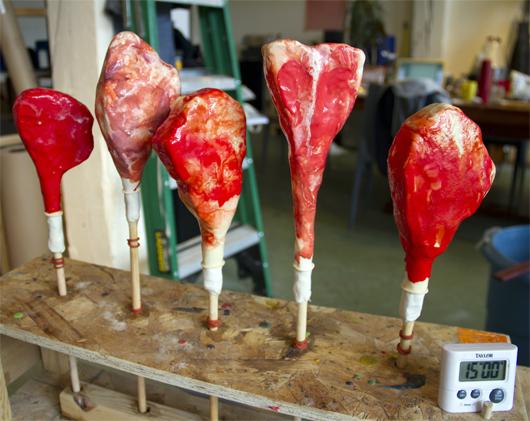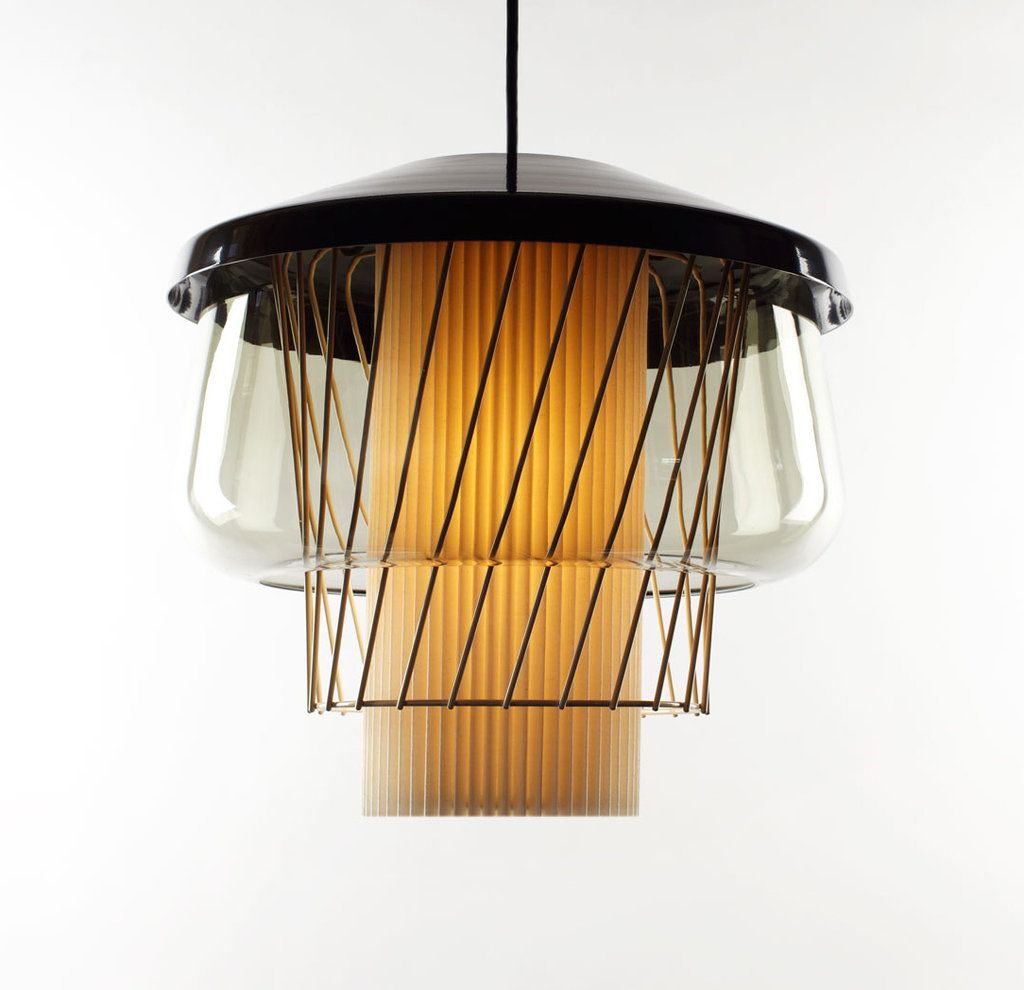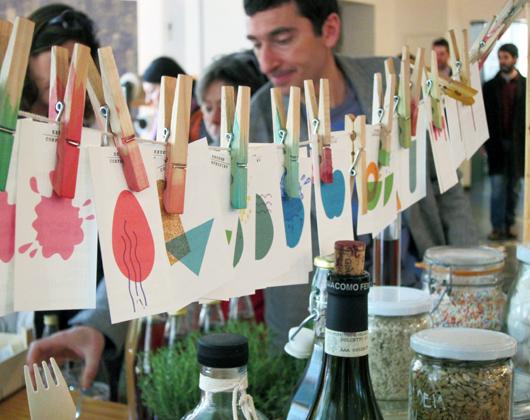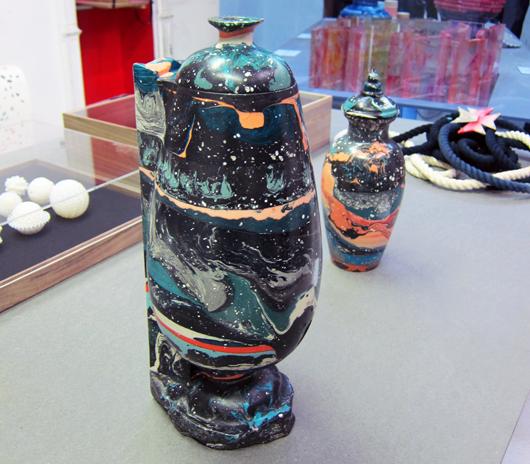
06.07.12
Fair Report
At Sofia Design Week
This past weekend, Sight Unseen was invited to participate in Sofia Design Week, where I gave a lecture to the members of Bulgaria's design community about how and why we do what we do here. (Other speakers included Stefan Sagmeister, Raw Edges, Bas van Beek, Numen/For Use, and my new faves Abäke.) Unsurprisingly, it was my first time in Bulgaria, so I couldn't resist taking photos — both of the city's strange and wonderful sights, and of the few design objects I had time to check out while not watching my fellow speakers hold forth in the lecture hall, like this chair by London-based Marina Dragomirova that uses traditional Bulgarian carpet-weaving techniques. We've just posted a photo album on Sight Unseen's Facebook page; have a look, and don't forget to like us while you're at it!
